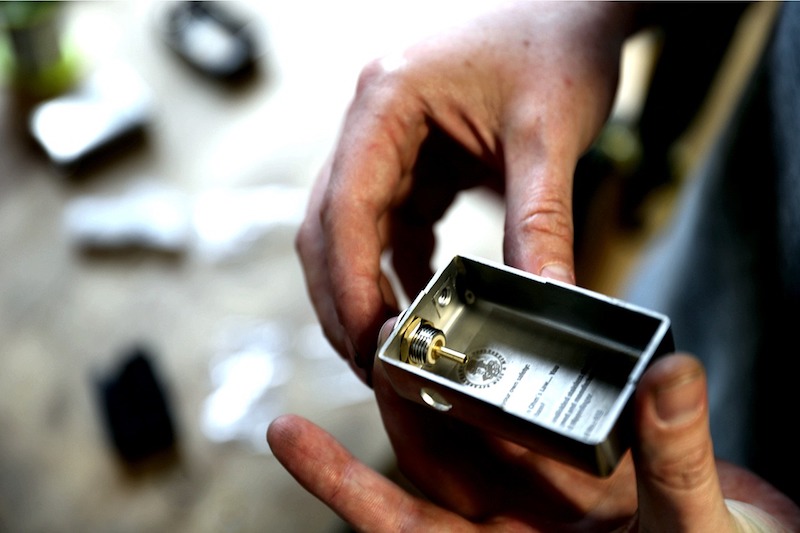
Vaping technology is moving at an incredibly fast pace. The first e-cigarettes did not appear on the Chinese market until 2004, but by 2025 it is expected that the industry will have grown to at least $50 billion.
There are several reasons for the meteoric rise of the e-cigarette and vaping technology, but one of the most important is that the technology is always adapting to meet the demands of modern life. The earliest e-cigarettes were basic in comparison to the pod vapes of today. Here we outline how vaping technology has evolved and what we might expect from the future.
First Generation of Vaping Products
The first e-cigarettes were designed to look like replicas of real cigarettes, although they were heavier and a bit larger. There are rechargeable and disposable versions of this kind of e-cigarette. They are still popular with some users (mainly because of their cheap price) but they cannot be customized and have a sort battery life.
Second Generation of Vaping Products
The second generation of vaping products improved on their predecessors with a longer lasting battery. They are designed as “pen-style” devices with a tank to improve the quality of the vapor. They are also customizable in terms of voltage so that the user can adjust the strength of their vaping experience.
Third Generation of Vaping Products
The third generating of vaping products do not look anything like a cigarette, but they offer a much more personalized experience. They are often called Advanced Personal Vaporizers (APVs) and Mods (meaning that they can be modified). These devices offer full customization and control in terms of voltage, wattage, temperature, and airflow.
Latest Generation of Vaping Products
The most recent additions to the vaping technology family are being designed to improve the quality of the user’s experience and safety of the devices. This includes new atomizers with nickel or titanium wires, higher wattage, and improved thermal conductivity to regulate temperature more effectively and increase the device’s lifespan.
Nickel wiring can also help to produce thicker vapor and stronger flavors. Developing and intensifying e-juice flavors is a key objective for the industry with new flavors being released all the time. You can even take out a vaping juice subscription to get a range of juices sent straight to your door on a regular basis.
Organic cotton coils which are clean are replacing standard cotton coils which have often been bleached and can contain impurities. Sub-ohm vaping devices which use sub-ohm atomizer coils (resistances under 1 ohm) are becoming increasingly popular as they produce impressive vapor clouds.
Vaping devices are also evolving to meet the digital nature of modern life with built-in LCD and OLED displays which show all the key information about the device’s settings and provide greater control.
The Future of Vaping
In the early days of vaping technology, the priority was to achieve smooth hits of vapor. When this was achieved, the industry began improving flavor intensity and the thickness of the vapor. While vapor and flavor are still evolving, devices are also moving towards a smarter generation of intelligent devices with microchips which have longer lasting batteries (days rather than hours) and atomizer coils (months rather than weeks).
